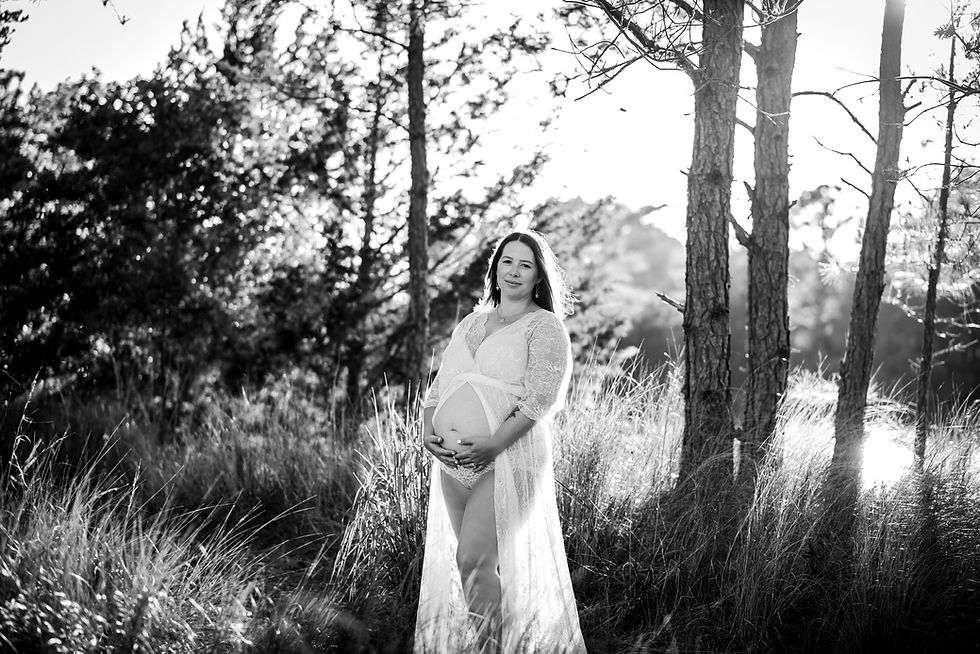The Benefits of Upright & Spontaneous Pushing
- Michelle Hayes
- May 8
- 2 min read
Whether you're planning a medicated or unmedicated birth, one of the most important factors in having a positive experience is having the right support. This includes everything from your birth team to your chosen environment. A key part of that support is the freedom to move and push in positions that work best for your body.
I encourages women to "avoid giving birth on your back and follow your body’s urges to push." This guidance is rooted in both evidence and experience: upright, active birth positions—like squatting, kneeling, sitting, or side-lying—can reduce the risk of tearing, help open the pelvis, and make use of gravity to encourage the baby’s descent.
In contrast, lying on your back, especially with your legs in stirrups, is often a matter of convenience for the provider—not the mom. This position may restrict blood flow by compressing the aorta, limit pelvic movement, and often accompanies directed pushing, especially if an epidural reduces sensation and the natural urge to push.
Forceful, directed pushing may increase pressure on the baby, umbilical cord, and perineum, raising the risk of tearing and long-term pelvic floor issues like incontinence. Allowing spontaneous pushing and movement helps protect the perineum and respects the body’s natural rhythm.
To support upright and spontaneous pushing, consider the following tips:
Choose a supportive care provider who encourages movement and various birth positions.
Hire a doula or ensure continuous labor support. A doula can guide you in positioning, even if you're using pain relief that limits mobility.
Get educated. A quality childbirth education class builds your knowledge, confidence, and toolkit for labor.
Labor at home as long as possible. The earlier you arrive at the hospital, the more likely you are to encounter interventions. The more comfortable you are in your own space, the more freedom you’ll feel to follow your instincts.
Throughout history, women have birthed upright, not just for comfort, but because it works. Moving freely during labor promotes better fetal positioning and helps you find what feels right. When you’re not lying flat on your back, you’re also improving oxygen flow to both you and your baby.
No matter how you birth, the core message is this: you deserve support that honors your choices and optimizes your outcome. Spontaneous, upright pushing is just one powerful example of how listening to your body, and being surrounded by a team that respects it, can make all the difference.




Comments